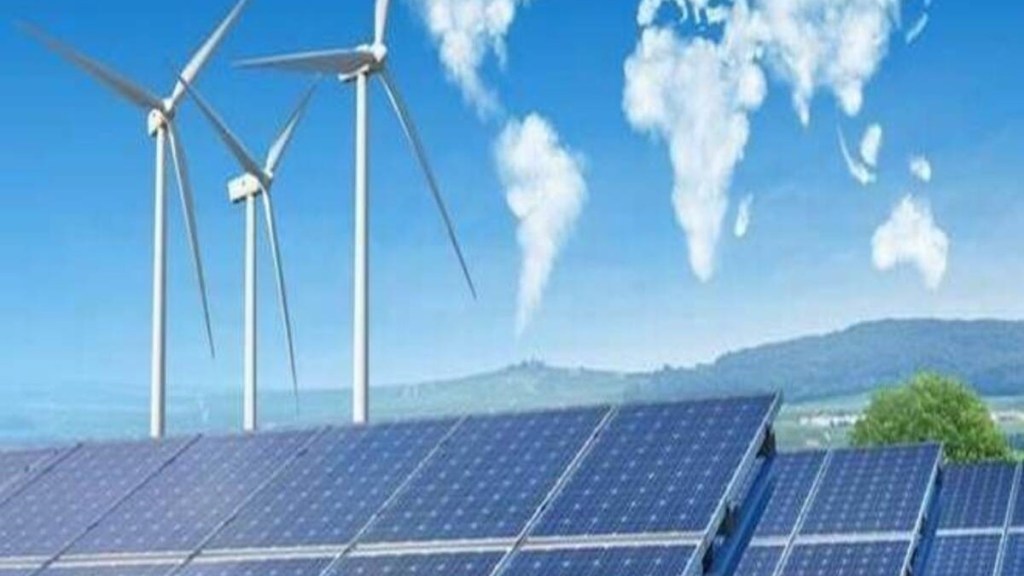By Rishi Agarwal
Responsible businesses must acknowledge the implications of their energy consumption and the resultant climate impact. Governments the world over have accelerated a shift in attitude through policy-level changes and regulation. India too has seen a slew of such interventions, with the single-use plastic ban, and more recently the amendments to the Energy Conservation Act, 2001.
The amendment Bill widens the scope of the Energy Conservation Building Code from commercial buildings to large residential complexes that have a minimum connected load of 100 kilowatt. Such complexes must meet clean energy use targets, and states can amend bylaws to enforce these regulations. Non-compliance can attract a maximum penalty of Rs 10 lakh ($12,500).
Also read: India@100: The journey during the Amrit Kaal
With an eye on net-zero emissions as a nation by 2070, the amendments are a step in the right direction—all stakeholders must contribute more toward energy conservation. However, big businesses and industries must do much of the heavy lifting. Energy efficiency not only mitigates risk for businesses, but creates opportunities for greater business resilience and profits.
Residential buildings account for only 93 Mt of CO2 emissions compared to India’s two biggest polluters: the power and industrial sectors, with 1,147 Mt and 762 Mt CO2 emissions, respectively. However, residential buildings currently account for 23% of total electricity consumption in India with a higher than average expected growth led by increasing urbanisation, affluence, and extremes in climate.
The amendment Bill is certainly a step in the right direction, as it brings offices and residential buildings erected after the notification of the code, and with a minimum connected load of 100 kilowatts (kW) or contract load of 120 kilovolt-ampere (kVA), under its ambit.
However, challenges in different urban contexts will require careful consideration. For instance, a premium residential complex with 10 apartments with a load of 10KW is quite different from a low-income housing complex of 50 flats with a 2KW load. The latter has limited opportunity to bring about more savings and even more—limited financial ability to do so. The modification, if not implemented correctly, might lead to exacerbating inequities.
While energy conservation starts from choices at home, the onus must fall on large businesses and industries that have the highest energy demands, bound to increase with further industrialisation and the government’s ‘Make in India’ push. Many companies have set net zero carbon goals. However, businesses often falter on the steps between setting a goal and achieving it, when they must reconcile shareholder value and their ESG goals. This is especially true as there are hardly any substantive negative consequences—pecuniary or reputational—for not achieving the stated goals.
Also read: Has Indian IT shot itself in the foot?
The ECA amendments place great thrust on the use of non-fossil-fuel energy sources by companies, with penalties providing additional impetus. The government can mandate minimum targets for use of clean sources by industries, transport sector, and commercial buildings, along with the proposed penalties, and an additional penalty of up to twice the price of oil equivalent of energy consumed above norms.
To drive businesses’ adoption of clean energy as an integral part of operations and strategy, the government needs to ensure that sourcing and storing renewable energy are cost-efficient. Innovation funds and capital subsidies could maximise the potential gains from the amended ECA. The involvement of state electricity boards has the potential for localisation and such innovations are necessary so that implementation tracks intention.
Another issue is whether the penalties will have the desired effect. Larger players may be tempted to absorb the penalties instead of investing in systems change to reduce emissions. In such a scenario, linking penalties to profit margins could serve as more effective deterrence. This would ensure that all businesses, irrespective of scale, would contribute meaningfully to climate action.
The amendments also pave the way for a carbon credit trading scheme. Lessons must be drawn from the existing perform, achieve, and trade (PAT) scheme, which has had little success in reducing CO2 emissions as the targets set were quite modest and certificates were widely and easily available. Only a sufficiently high carbon price will deter major polluters.
Enforcement of any policy works best when businesses see an eventual upside to it and view compliance not as a reporting measure, but as a change to generate an innovation currency that yields competitive advantage and an opportunity to create value.
As set out by FSG co-founder professor Michael E Porter in his book Competitive Advantage: Creating and Sustaining Superior Performance, the source of a company’s competitive advantage is its cost leadership strategy and its differentiation strategy. Energy use then becomes a key consideration in this regard. How companies source energy, how they consume it, and how they manage the environmental impact of their energy consumption have implications for their cost and differentiation strategies.
Companies that fail to transition towards a business model that encourages resource conservation will lose opportunities and competitiveness in the long run.
The writer is Managing director – head, Asia FSG


